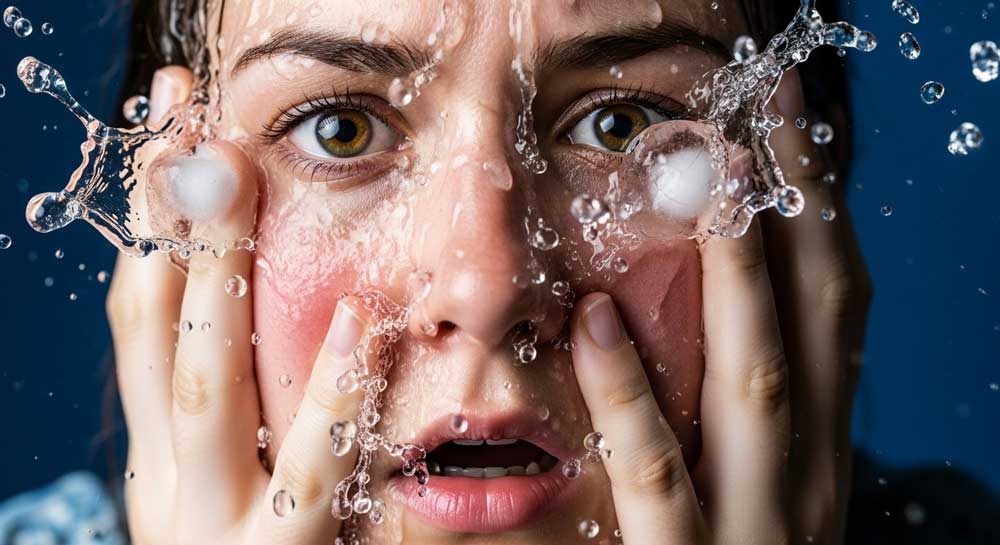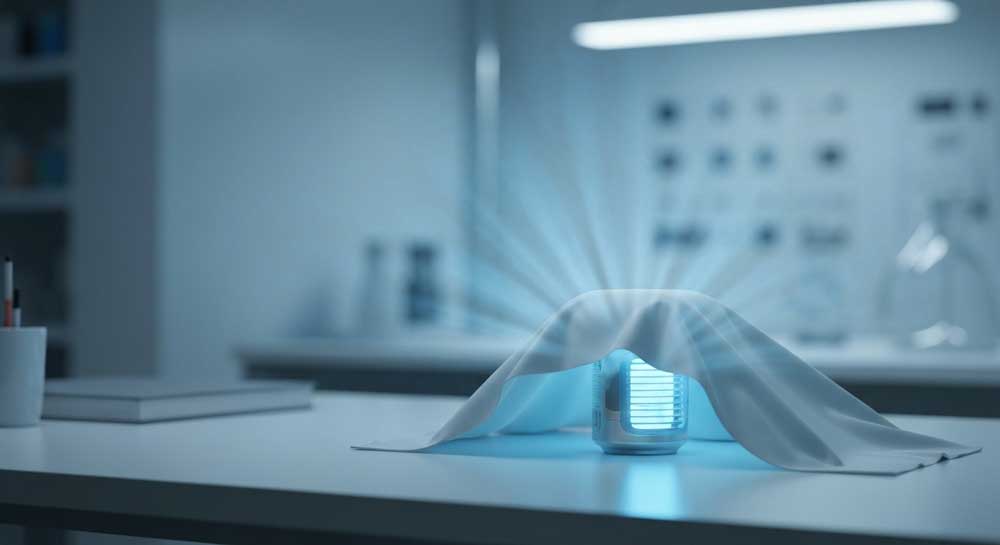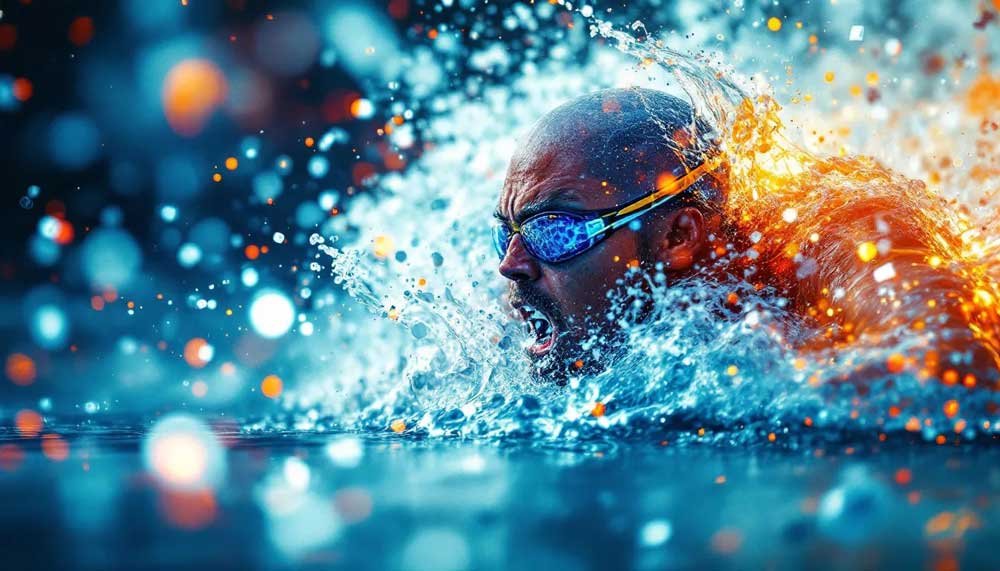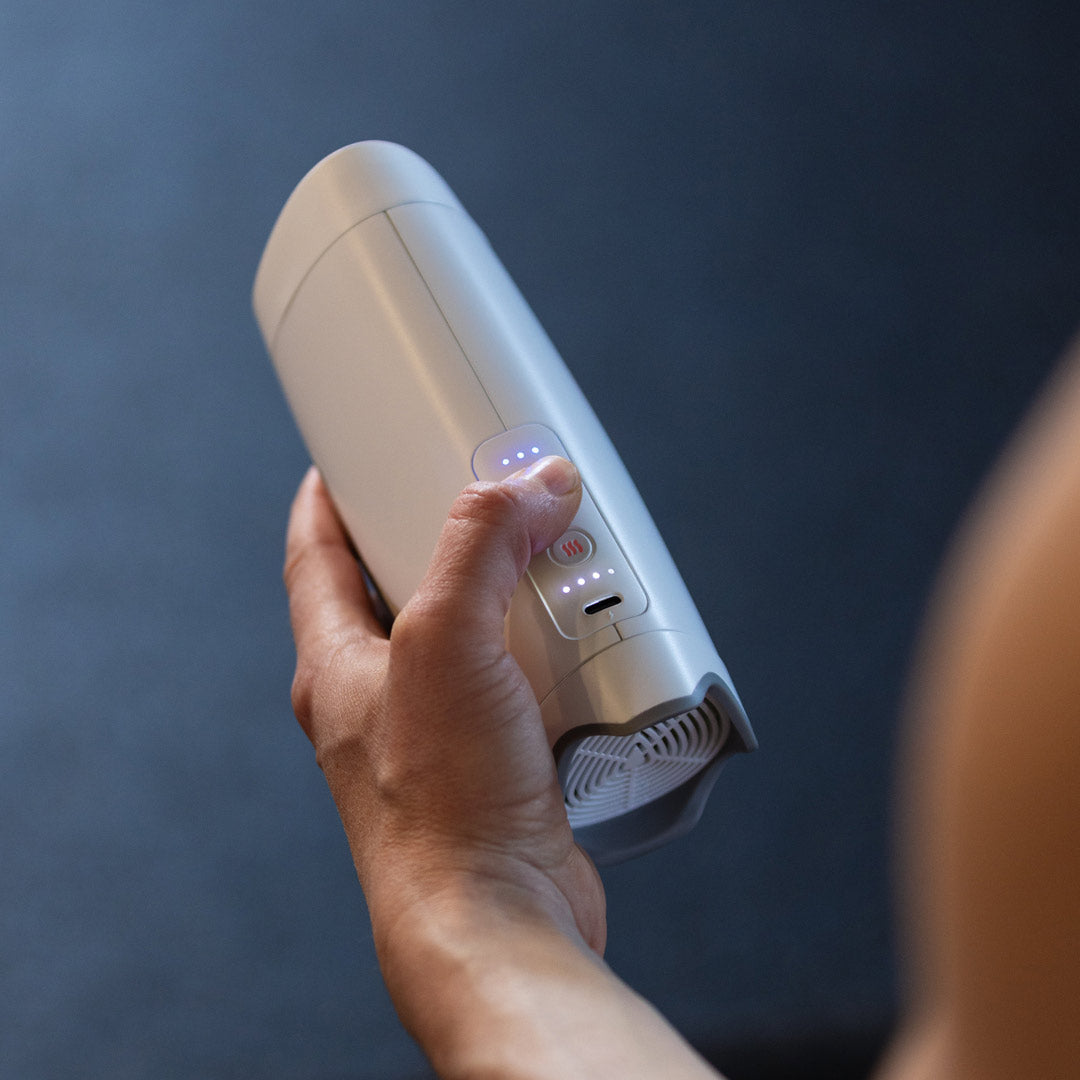The “cold face test” is a classic experiment in physiology. By applying cold to the face, researchers trigger the mammalian diving reflex, which slows heart rate via vagus nerve activation. This reflex has been studied for decades, and its implications for anxiety management are increasingly recognized. Studies confirm that cold exposure can reduce heart rate, lower cortisol levels, and ease perceived stress, providing a natural calming effect.
Extending this approach, cooling the palms and neck offers portable ways to harness similar benefits. The palms, with their AVA-rich blood vessels, help the body shed heat quickly, which reduces the flushed, overheated sensations that often accompany anxiety. Cooling the neck provides direct stimulation to the vagus nerve, which can help rebalance the autonomic nervous system, shifting the body away from fight-or-flight and toward calm.
For individuals dealing with anxiety, this represents a quick, discreet method to ground the body in moments of distress. Early reports suggest benefits in settings like public speaking, high-stress travel, or even at bedtime when racing thoughts make it difficult to sleep. Importantly, this approach does not rely on medication, making it a valuable complementary strategy alongside therapy or mindfulness.
While not a substitute for professional treatment, palm and neck cooling is a promising tool in the broader toolkit for self-regulation. It reflects how simple, physiology-based methods can provide real relief in daily life, offering a practical and science-backed option for anyone seeking to manage stress and anxiety more effectively.






Leave a comment
This site is protected by hCaptcha and the hCaptcha Privacy Policy and Terms of Service apply.